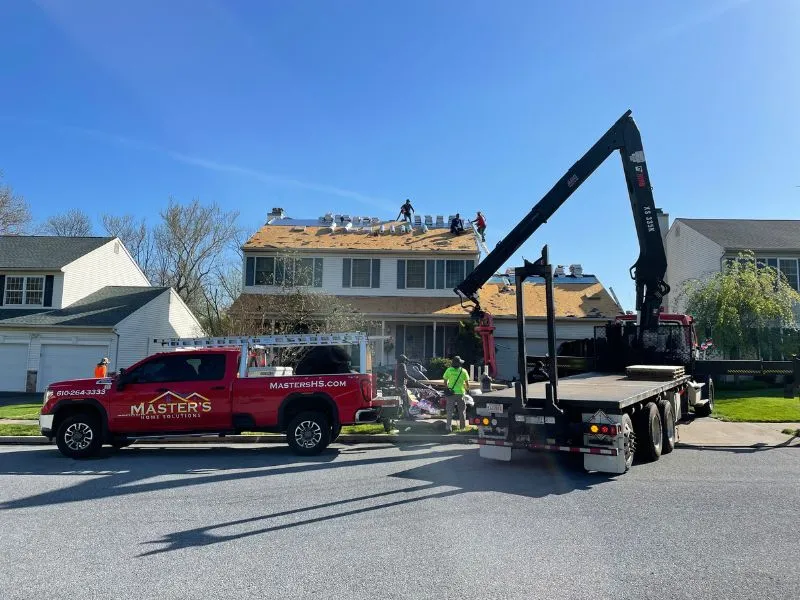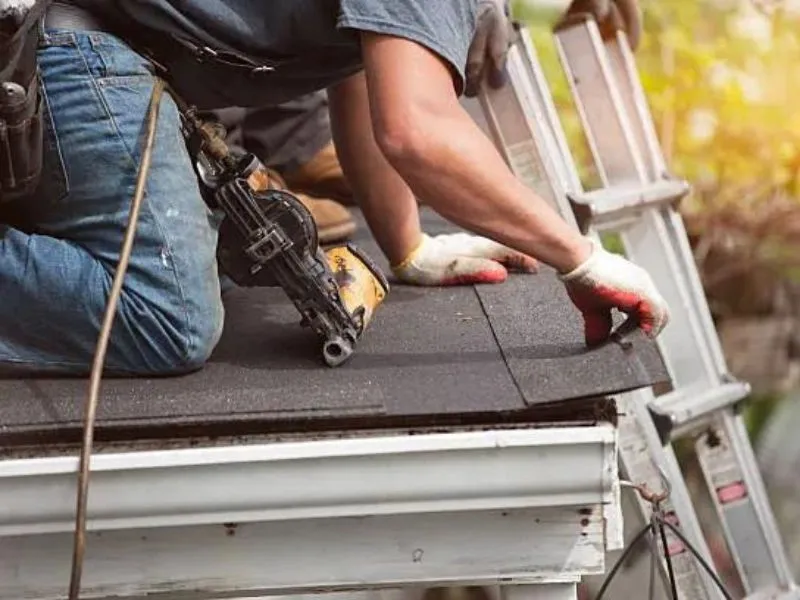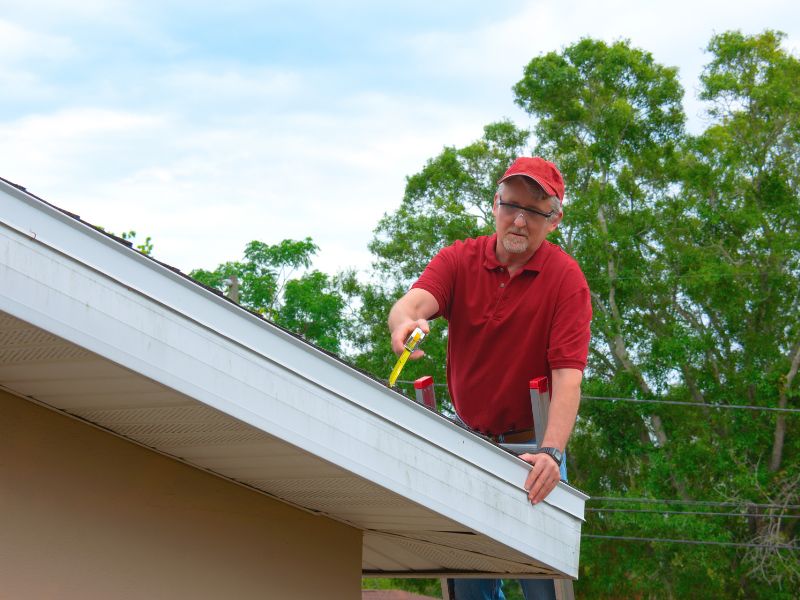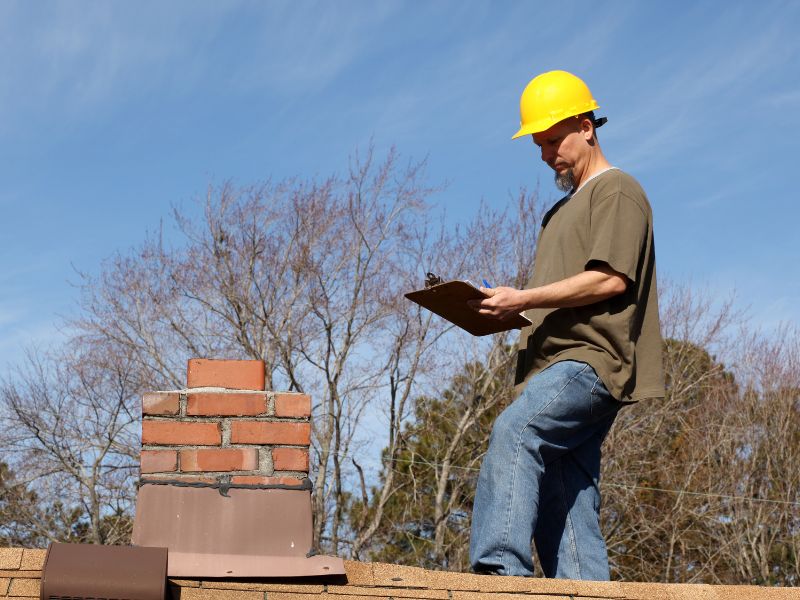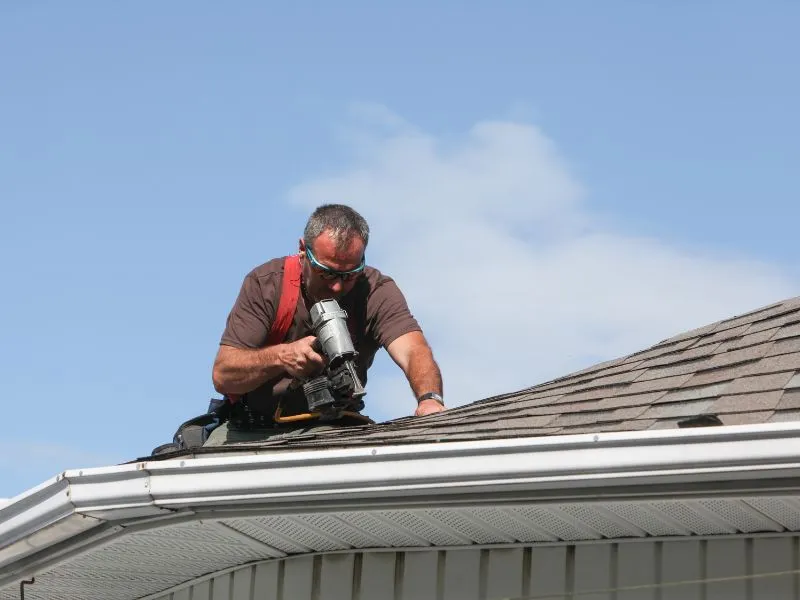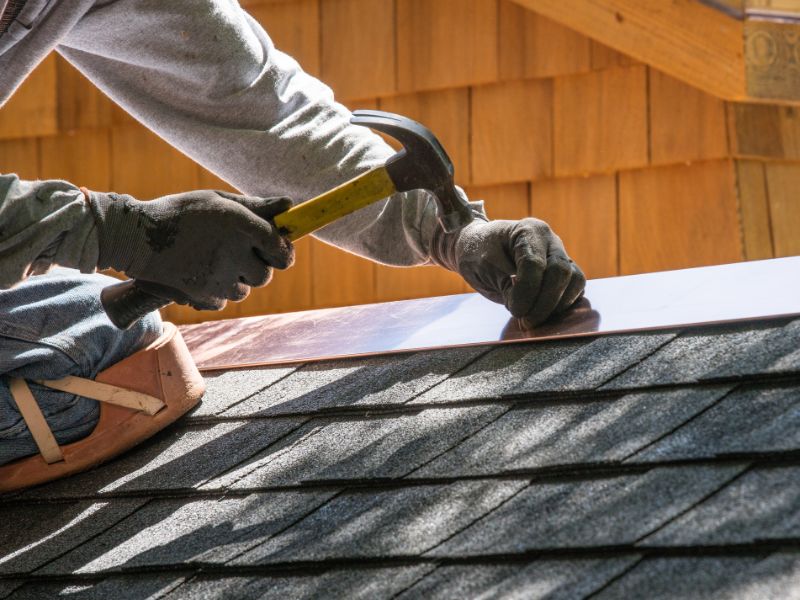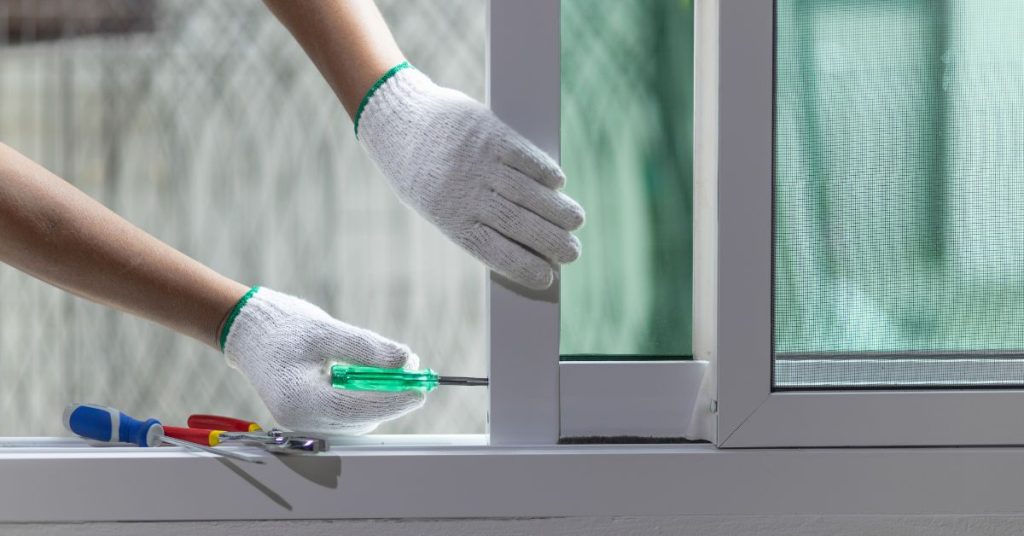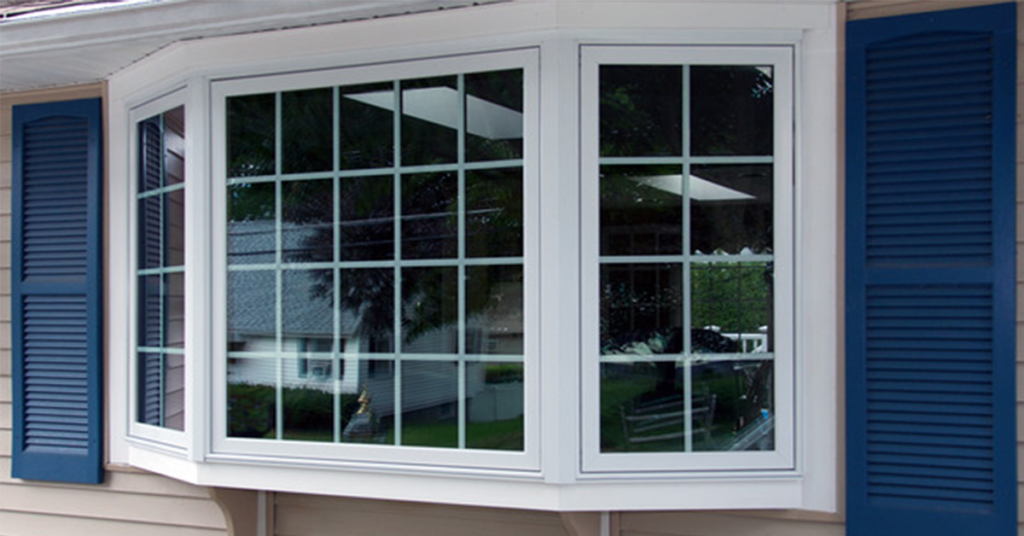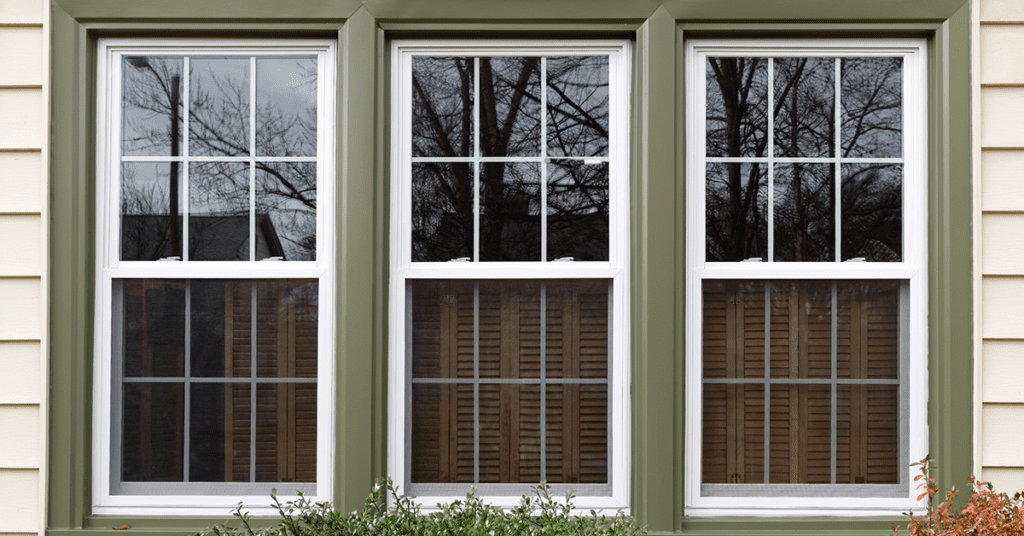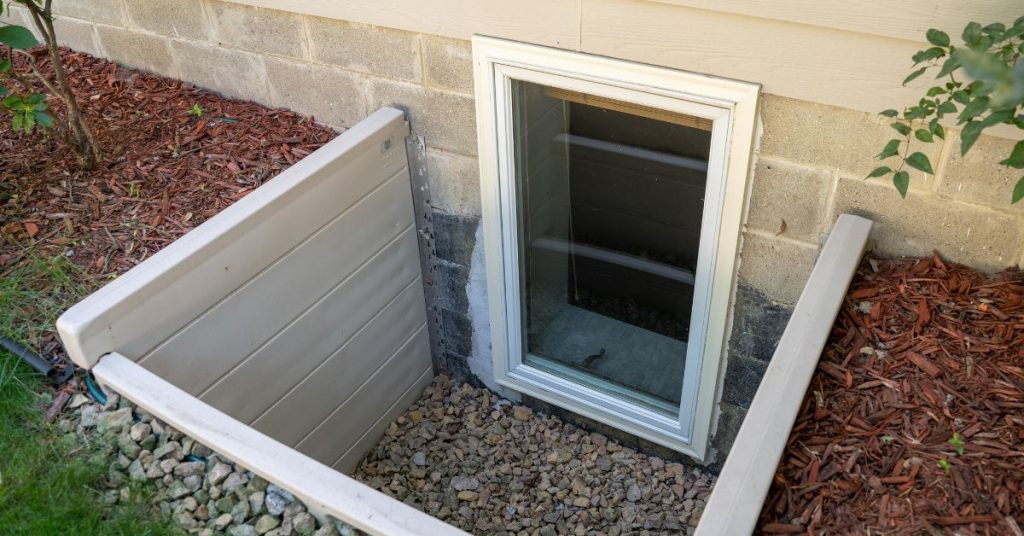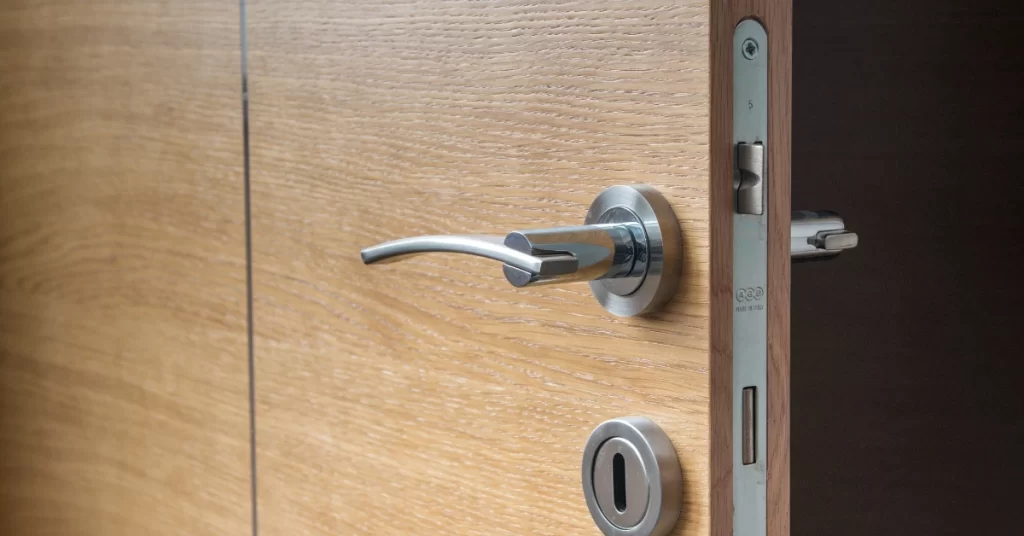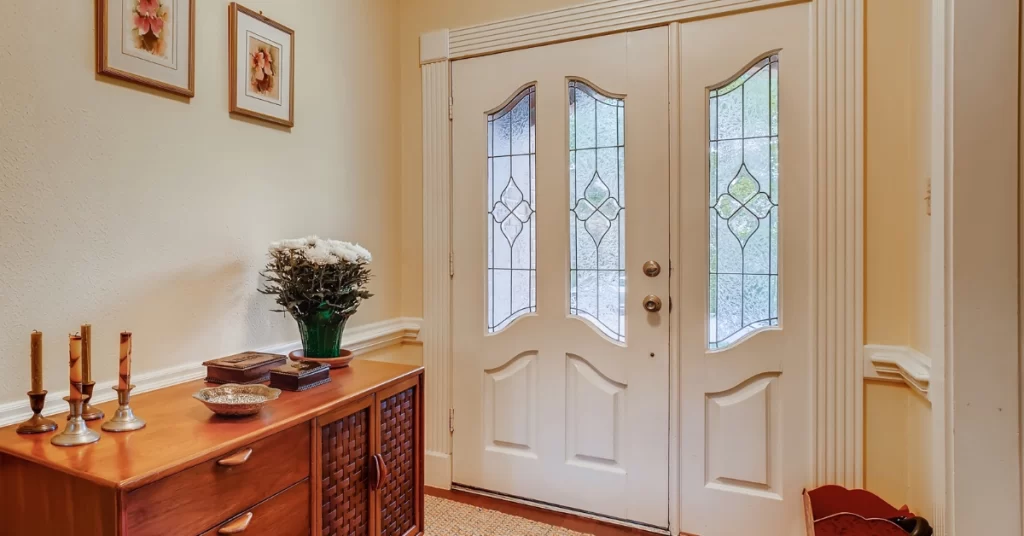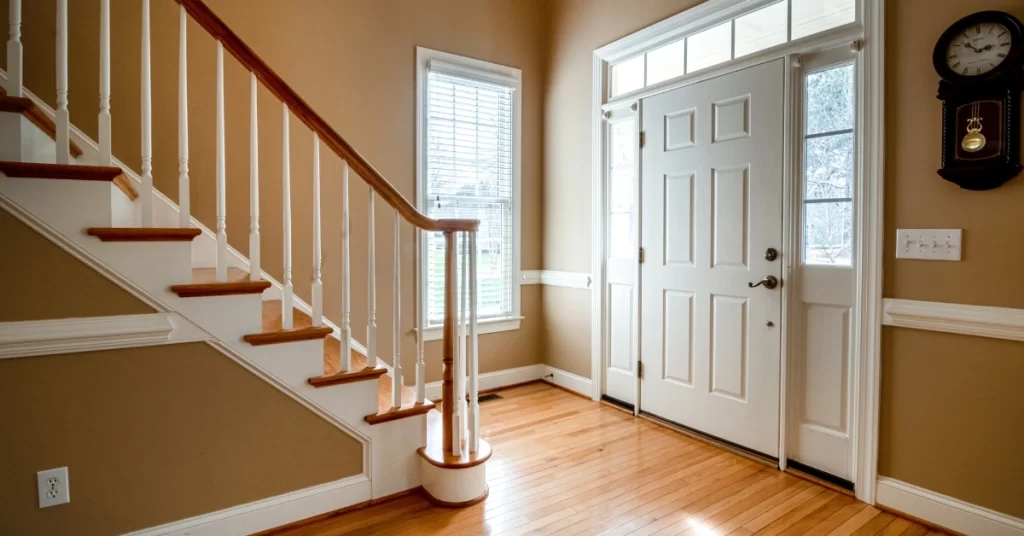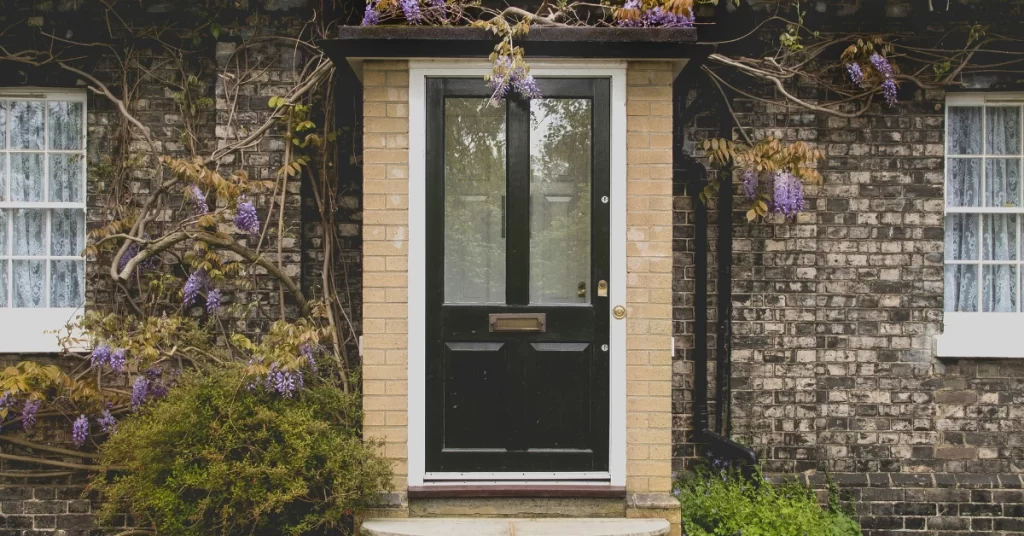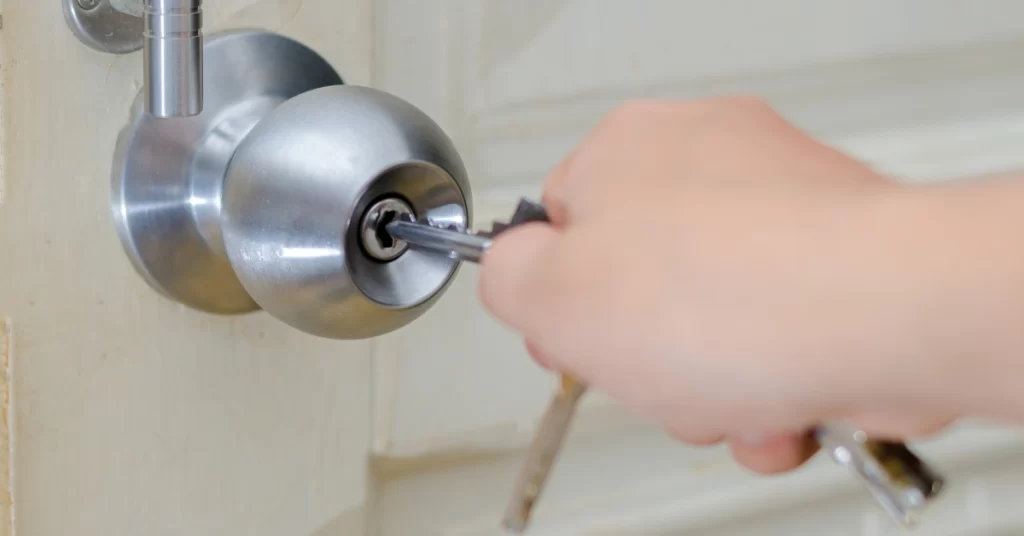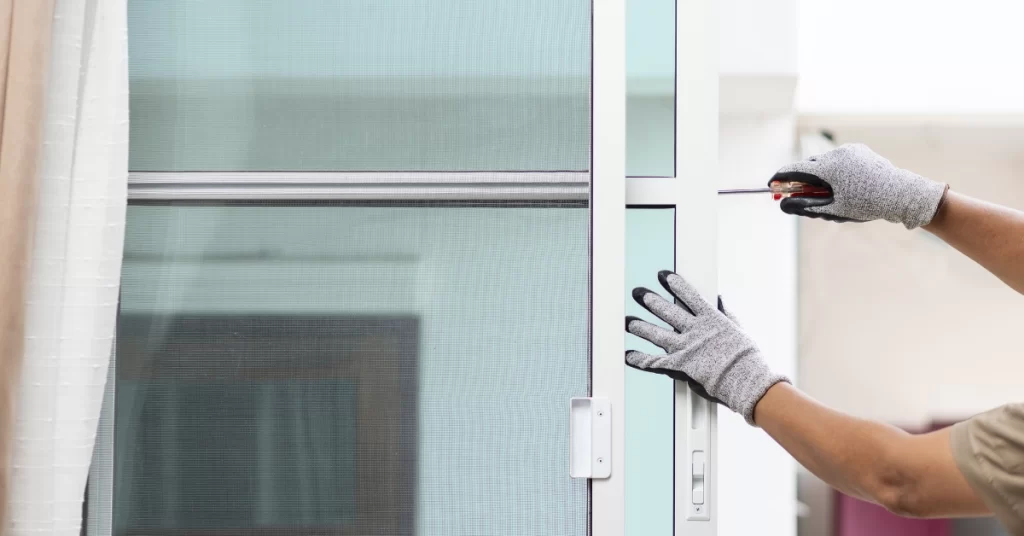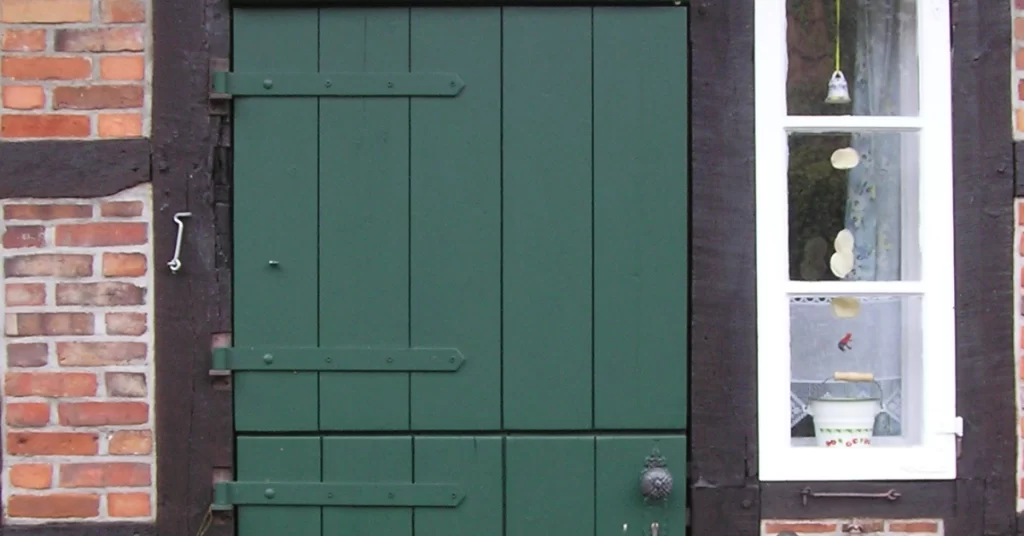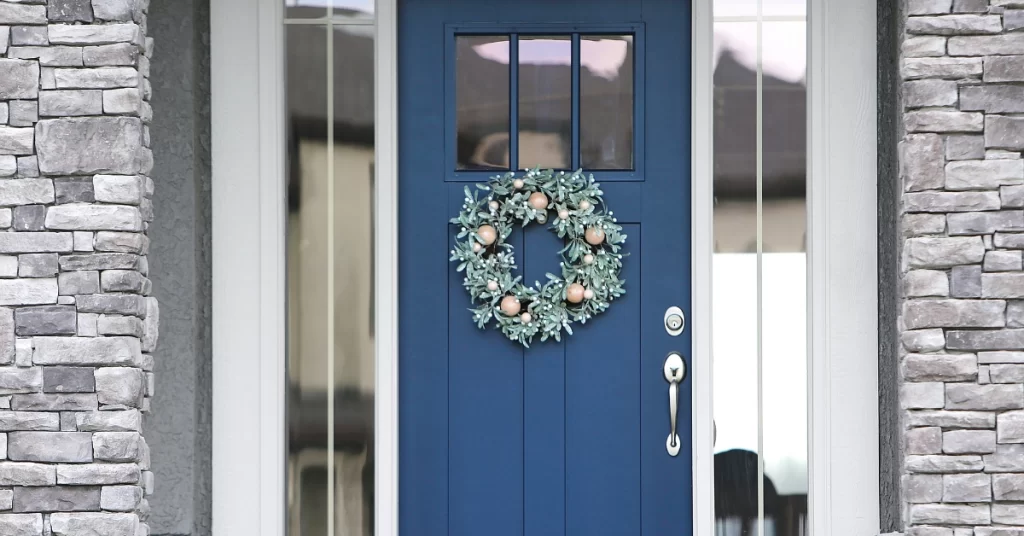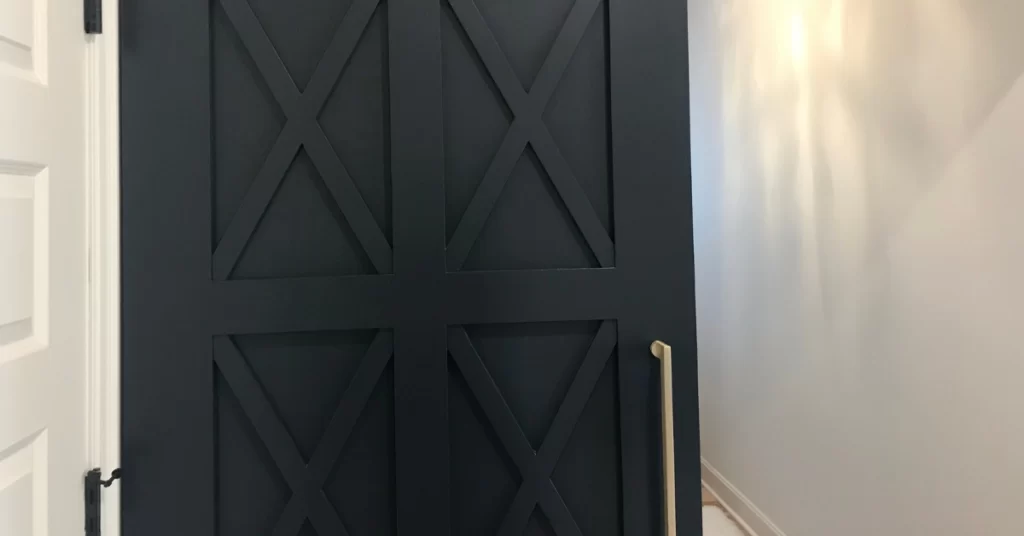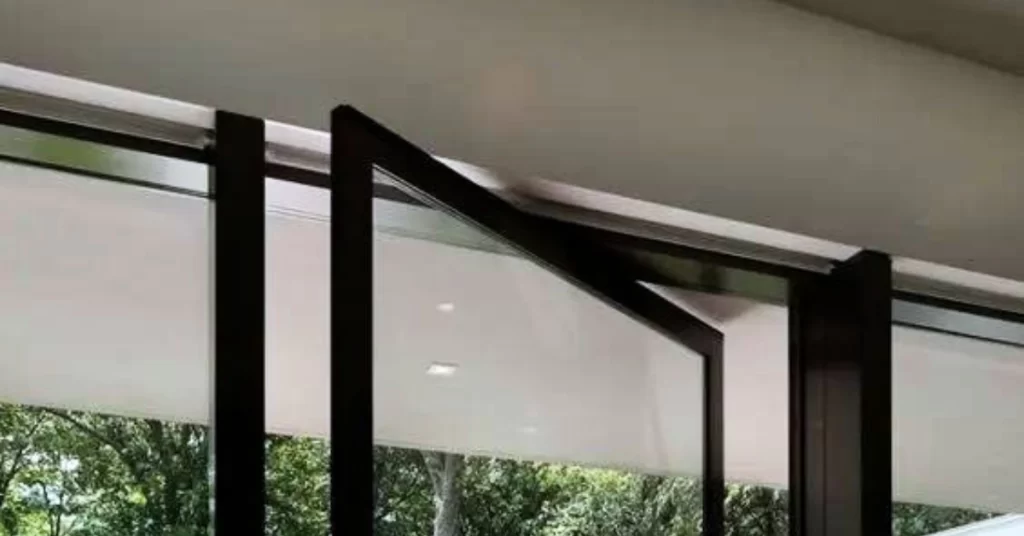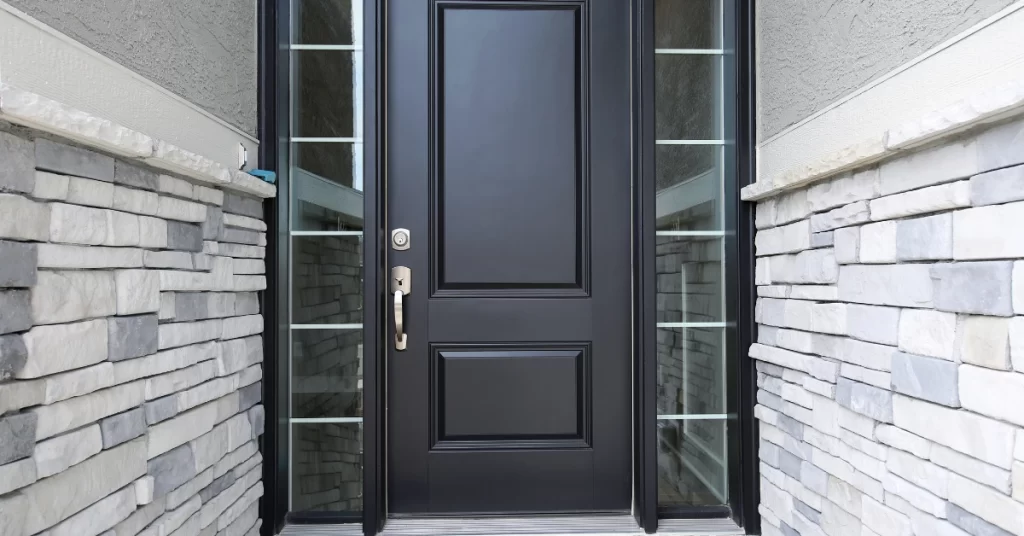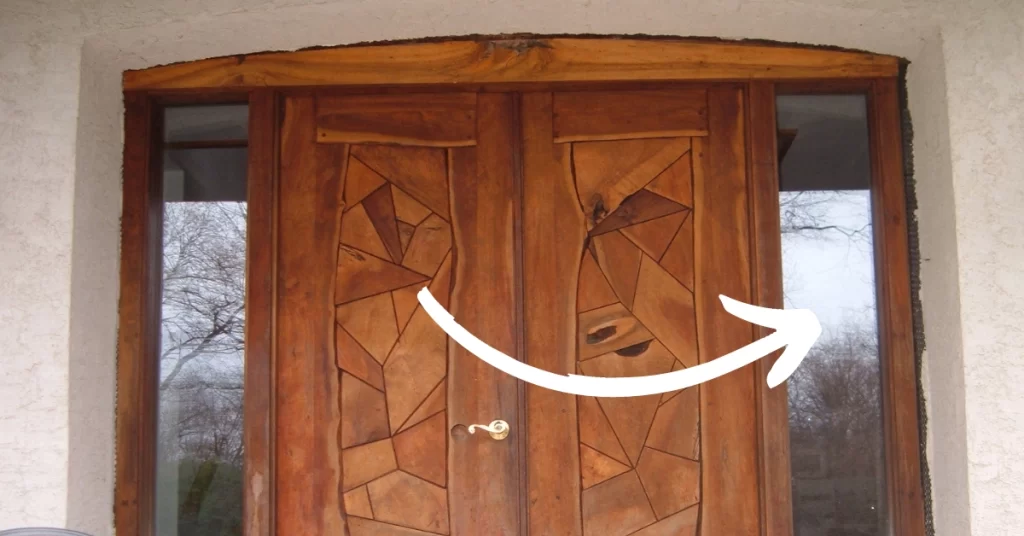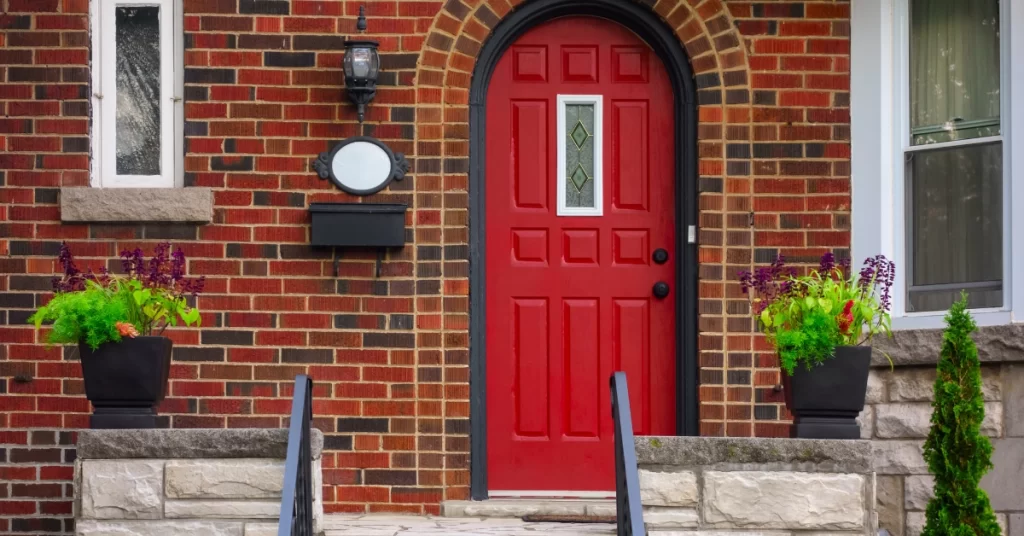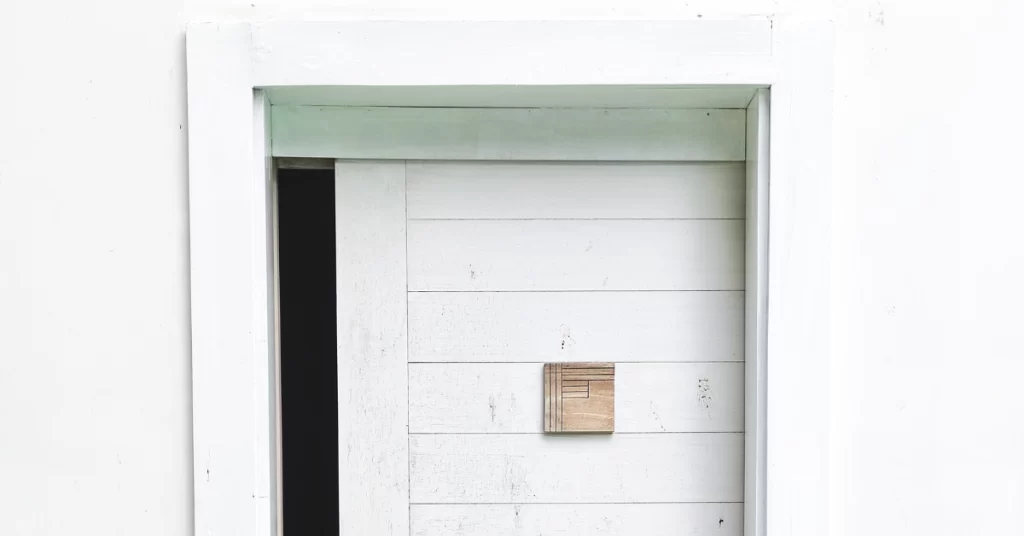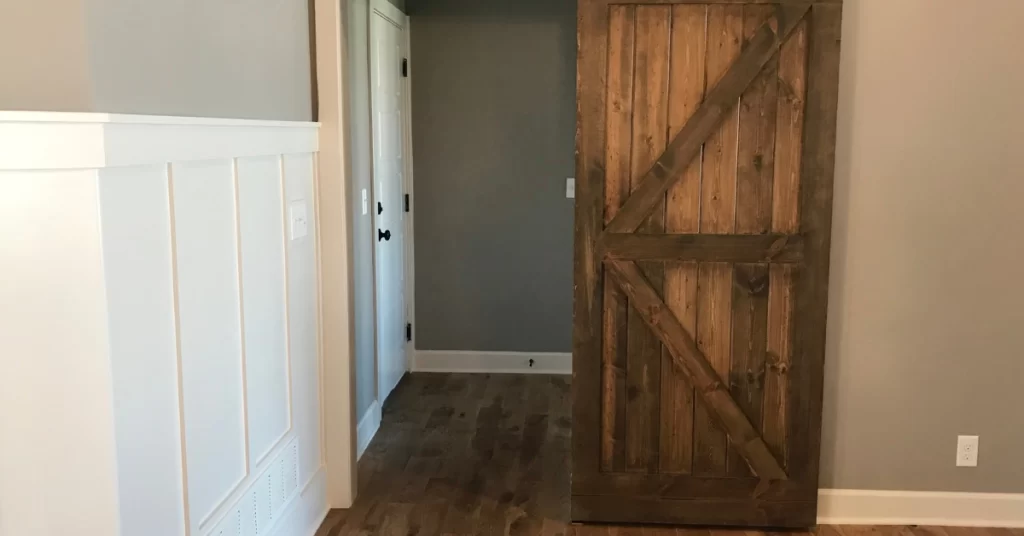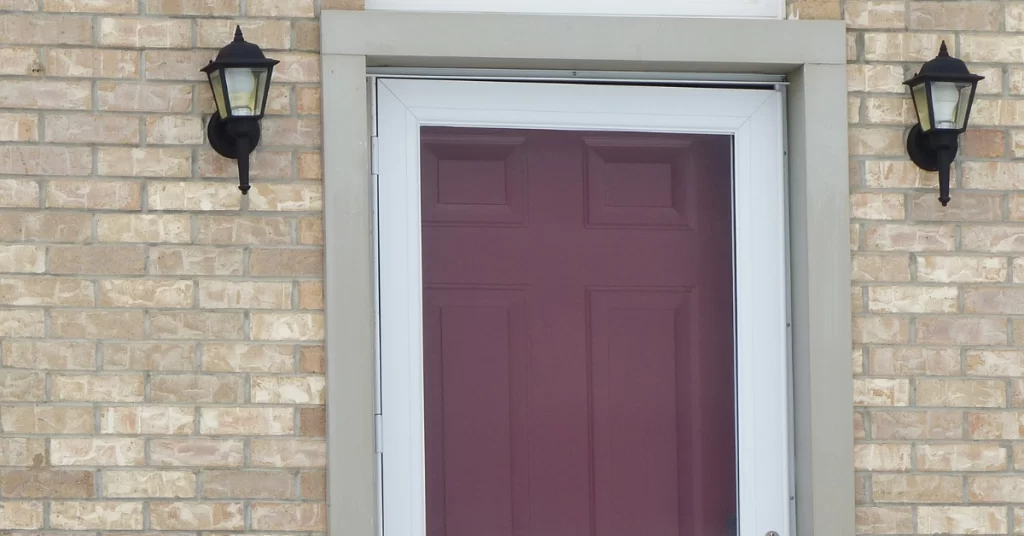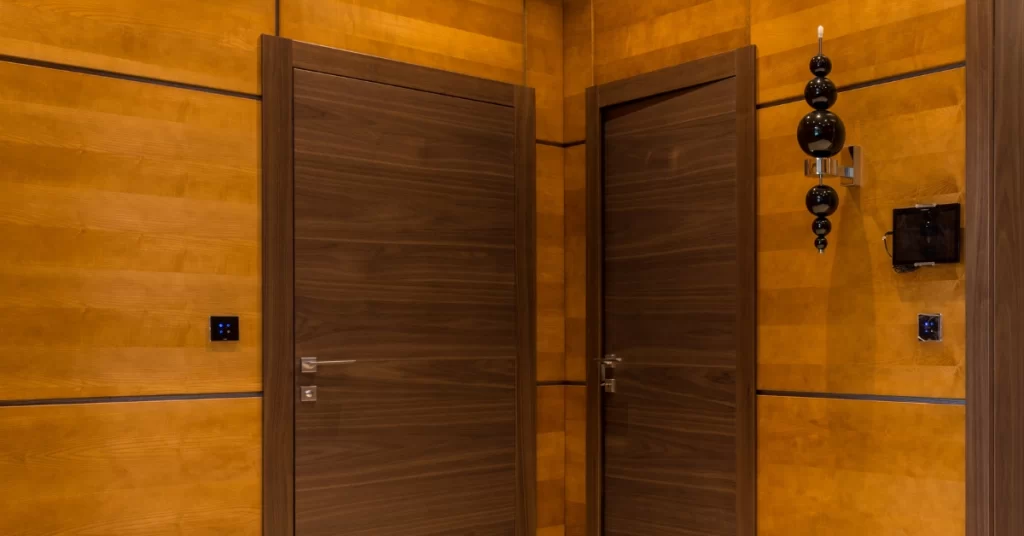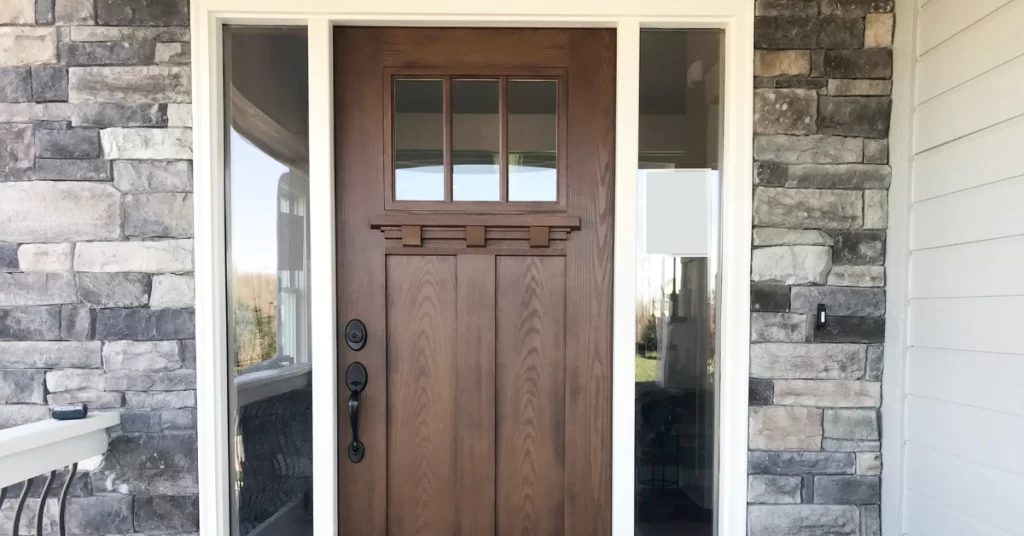Engaging with roofing contractors for your home improvement project requires careful planning, effective communication, and informed decision-making. In this comprehensive guide, we’ll provide homeowners with essential insights on how to navigate the process of working with roofing contractors, ensuring a successful and stress-free experience.
Research and Selection
Thorough Research: Begin by researching local roofing contractors online, seeking recommendations from neighbors, friends, or family, and checking their reviews and credentials. This step helps you compile a list of potential contractors to consider.
Request Estimates: Reach out to the selected contractors and request detailed written estimates for your project. Comparing these estimates gives you a clear idea of the scope of work, materials, costs, and projected timelines.
Check Credentials: Verify the credentials of the contractors, ensuring they possess the necessary licenses, insurance, and a good reputation in the industry.
Effective Communication
Clearly Define Needs: Clearly communicate your roofing needs, preferences, and expectations to the contractors. Discuss specific design elements, preferred roofing materials, and your budget constraints to ensure alignment.
Ask Questions: Don’t hesitate to ask questions about the project. Inquire about the roofing materials, installation methods, potential challenges, and any concerns you might have. A reputable contractor will be responsive and transparent in addressing your queries.
Understand the Process: Familiarize yourself with the roofing process, from the initial assessment and material selection to the installation and final inspection. This understanding helps you monitor progress and ensures that the project remains on track.
Contract and Agreement
Get It in Writing: Once you’ve chosen a contractor, ensure that all project details, including the scope of work, materials, costs, timelines, and payment terms, are documented in a written contract. Review the contract thoroughly before signing.
Warranties and Guarantees: Discuss warranties for both workmanship and materials. Ensure these warranties are clearly stated in the contract. A reliable contractor stands behind their work and addresses any issues that might arise.
Project Oversight
Regular Inspections: Stay actively involved in the project by conducting regular inspections. Monitor the progress and quality of the work to ensure it aligns with your expectations and the terms outlined in the contract.
Open Communication: Maintain open lines of communication with the contractor throughout the project. Address any concerns or changes promptly to prevent misunderstandings and facilitate a smooth process.
Payment Arrangements
Payment Schedule: Understand and adhere to the payment schedule specified in the contract. Avoid making the full payment upfront; instead, stagger payments based on project milestones to ensure work progresses as planned.
Keep Records: Maintain a comprehensive record of all payments, receipts, and communication related to the project. These records serve as valuable documentation in case of any disputes or discrepancies.
Final Inspection and Approval
Final Walkthrough: Conduct a final walkthrough with the contractor to inspect the completed roofing work. Address any remaining concerns or touch-ups before providing your final approval.
Final Payment: Make the final payment only after you’re satisfied with the completed project and all terms of the contract have been fulfilled.
Conclusion
Navigating the process of working with roofing contractors demands careful consideration and effective communication. By following this homeowner’s guide, you’ll be well-equipped to engage with roofing professionals and ensure that your roofing project is executed smoothly, resulting in a durable and aesthetically pleasing roof that adds value to your home.
Related posts:
- Discovering the number of bundles in a roofing square for optimal installation
- Understanding Rolled Roofing: Benefits, Installation, and Lifespan
- Measuring the Size of a Square in Roofing: Key Insights and Tips
- Understanding the Definition and Importance of a Square in Roofing
- Master’s Roofing In Lehigh County




